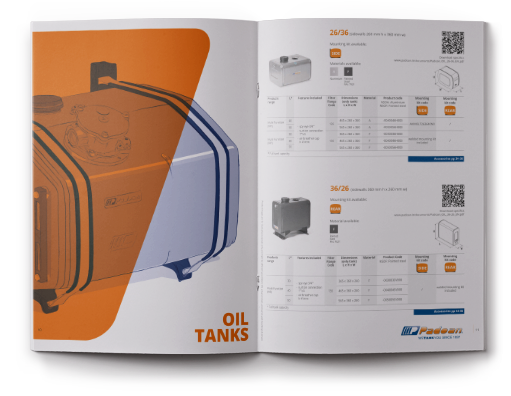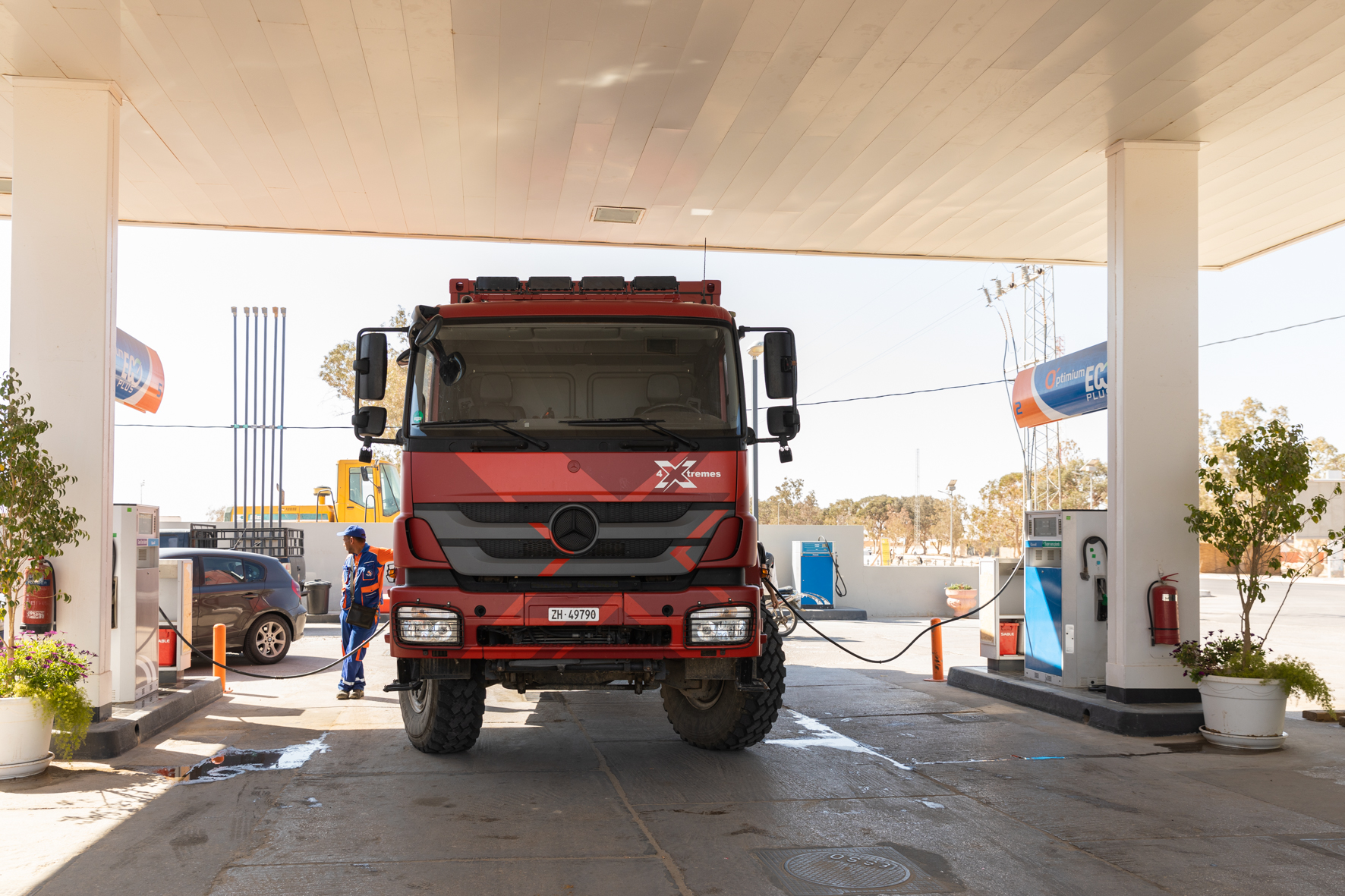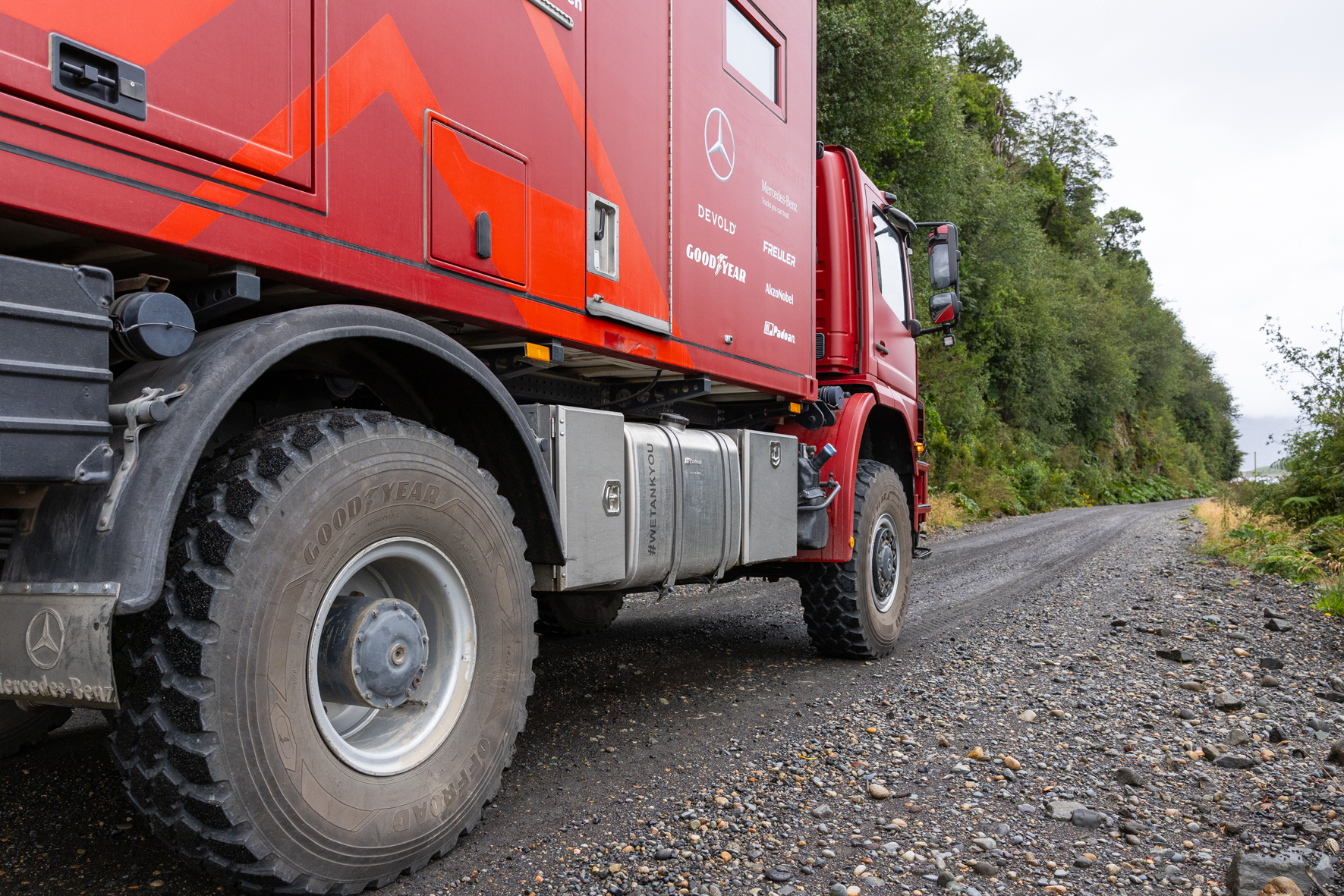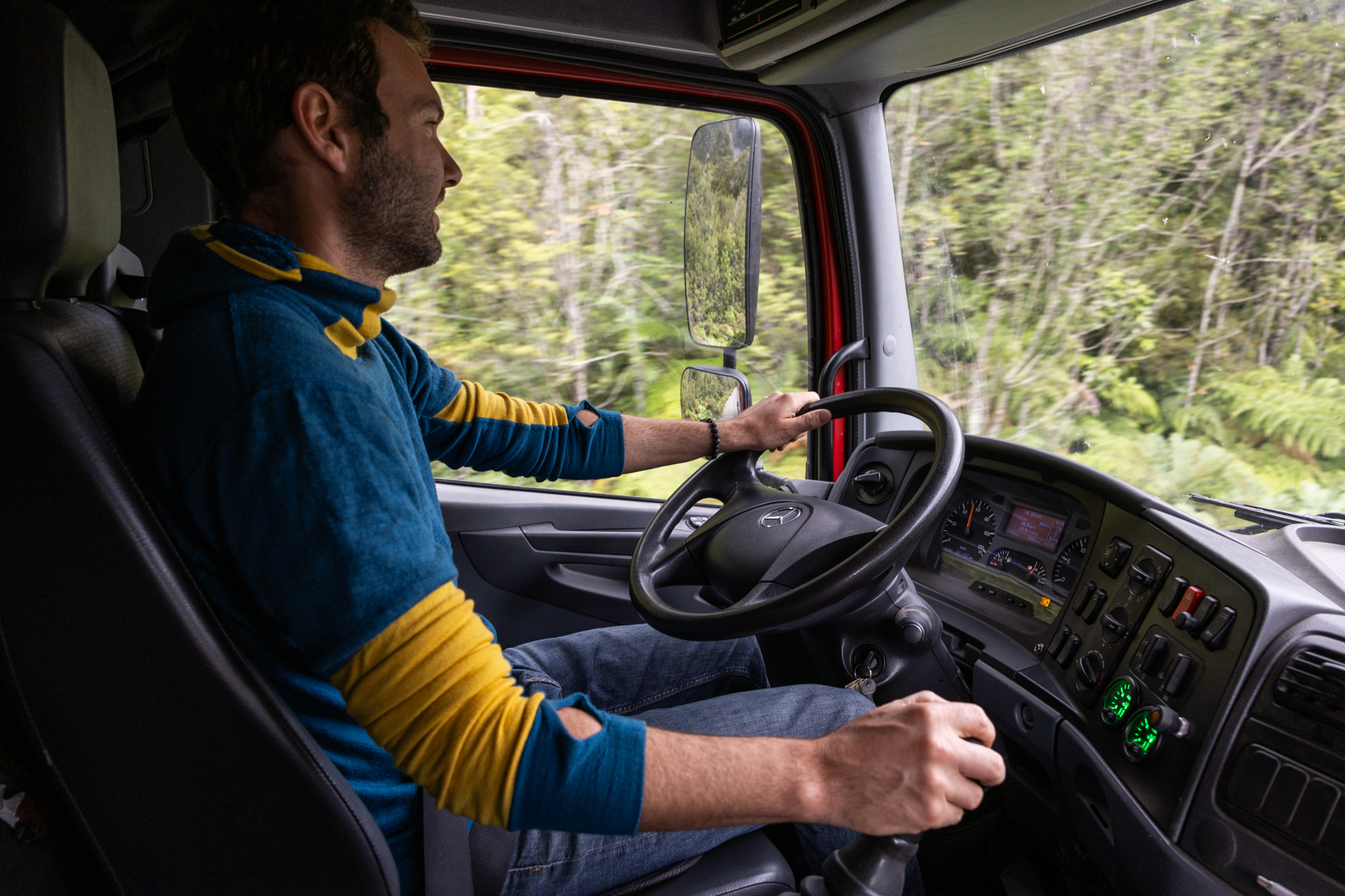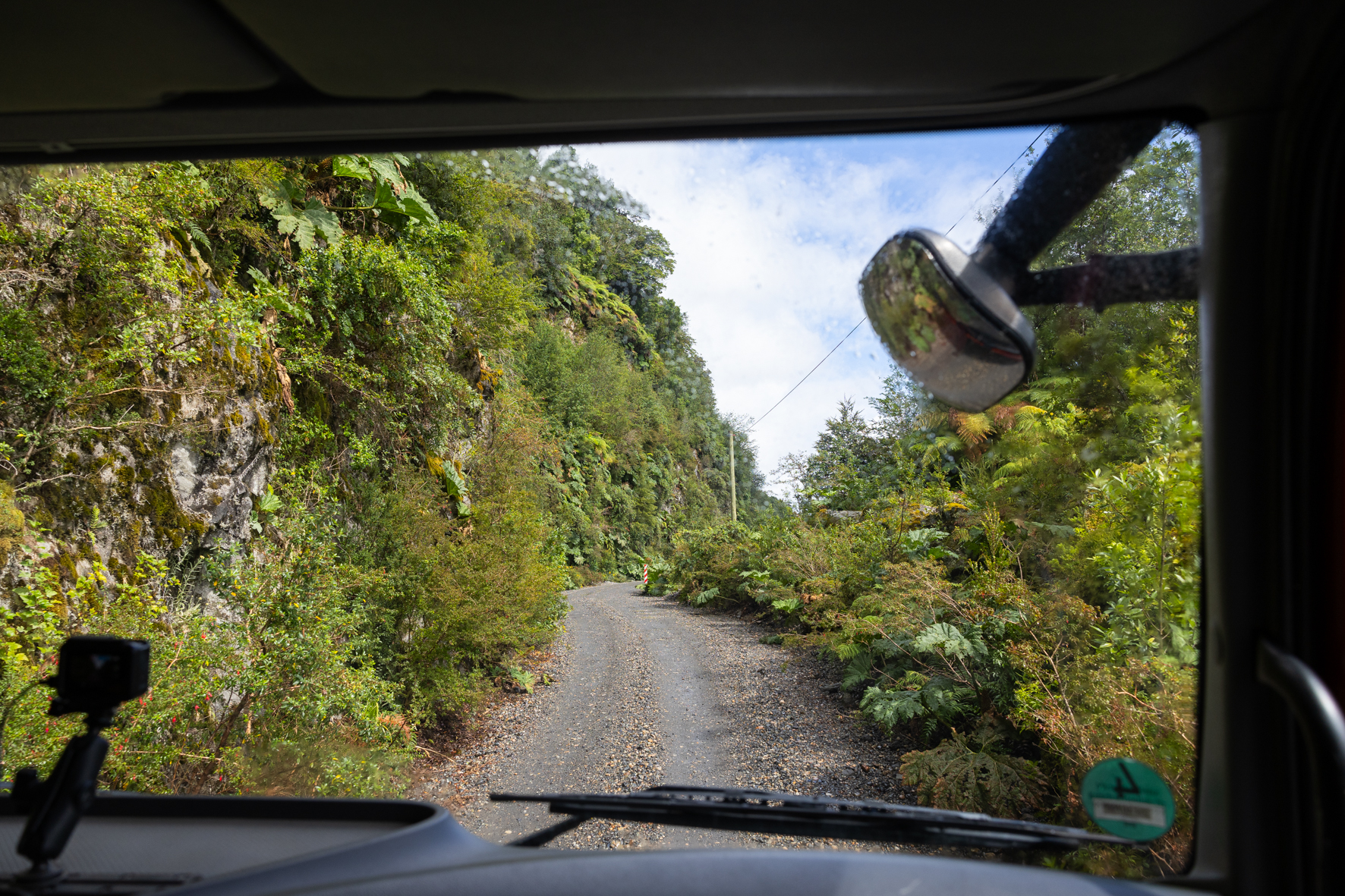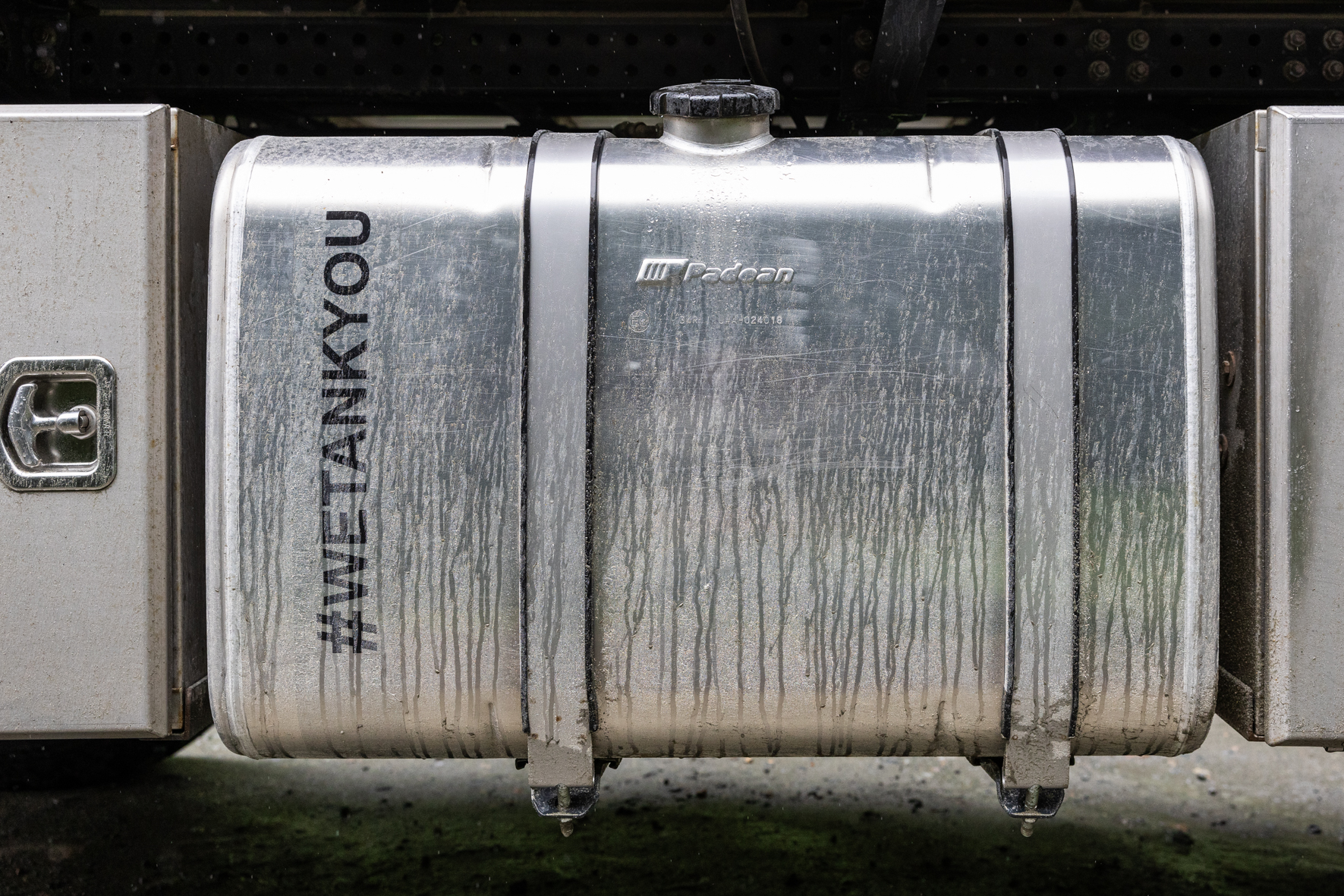News26 February 2024
TANKTRIBE – 4-XTREMES: Pros and Cons of having two fuel tanks on your overland vehicle.
To pick up where we left last time, you might have decided on how much fuel you would like to be able to carry on your vehicle. After answering that, there is another important question.
How many tanks should I install? Obviously there are pros and cons to this decision, which we will try to address here.
The first one is easy: the financial aspect; two tanks are more expensive than one.
Not only acquiring them, but also the installation and addition of a second gauge.
We opted for two tanks for the following reasons:
– Redundancy for safety purposes. In the event of a malfunction or, in a worst-case scenario, significant damage to one tank while traversing rough terrain, having a back-up tank ensures the continuation of our journey. This is also the reason why the tanks are not mounted on the same side of the vehicle.
– We opted for two smaller tanks instead of one large tank to enhance off-road performance. A shorter tank offers advantages when navigating steep inclines or long ascents with a low fuel level, minimizing the risk of the engine drawing air. Another benefit of shorter or smaller tanks is that the weight is better distributed across the two tank consoles. This proved to be an advantage when we crossed the Gobi Desert, where we had to drive through dry riverbeds to cross small mountain ranges.
– It can be practical to refuel both tanks at the same time; like in this picture where we were stocking up to go in to the Sahara desert in Tunisia. Agreed, it’s not a huge advantage, but it can save some time.
In terms of mounting and connecting the tanks to the fuel system, we have opted to connect each tank directly to the fuel system, instead of pumping the fuel from one tank into the other and going to the engine from there.
This way if we have bad diesel or any sort of contamination in one tank, we can tell where it’s coming from and isolate it.
This has been helpful a couple of times. When we were in Russia, for example, we refilled one tank and it turned out to be normal-diesel instead of winter diesel, which meant that it would become solidify severely over night. Having the system of an individual hook up, we knew which tank it was in and were able to choose which diesel we wanted to use in which situation.
So at first glance, the costs of acquisition and mounting are higher, but having the fuel distributed in more than one tank, can give great advantages over time.
Andrea & Mike
www.4-xtremes.ch
Read other articles from Andrea & Mike:
Download our
company brochure
Discover our catalogue, with all the detailed information about our products.
Download PDF